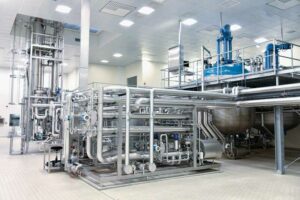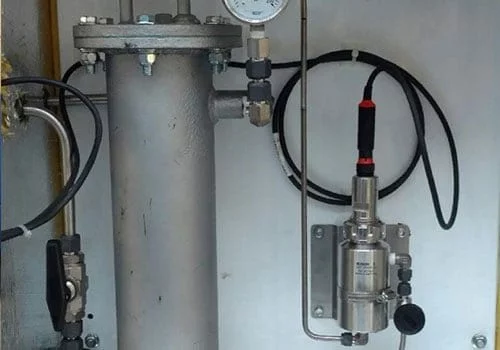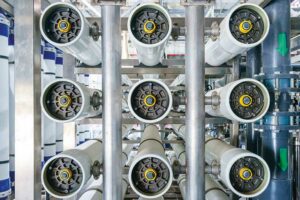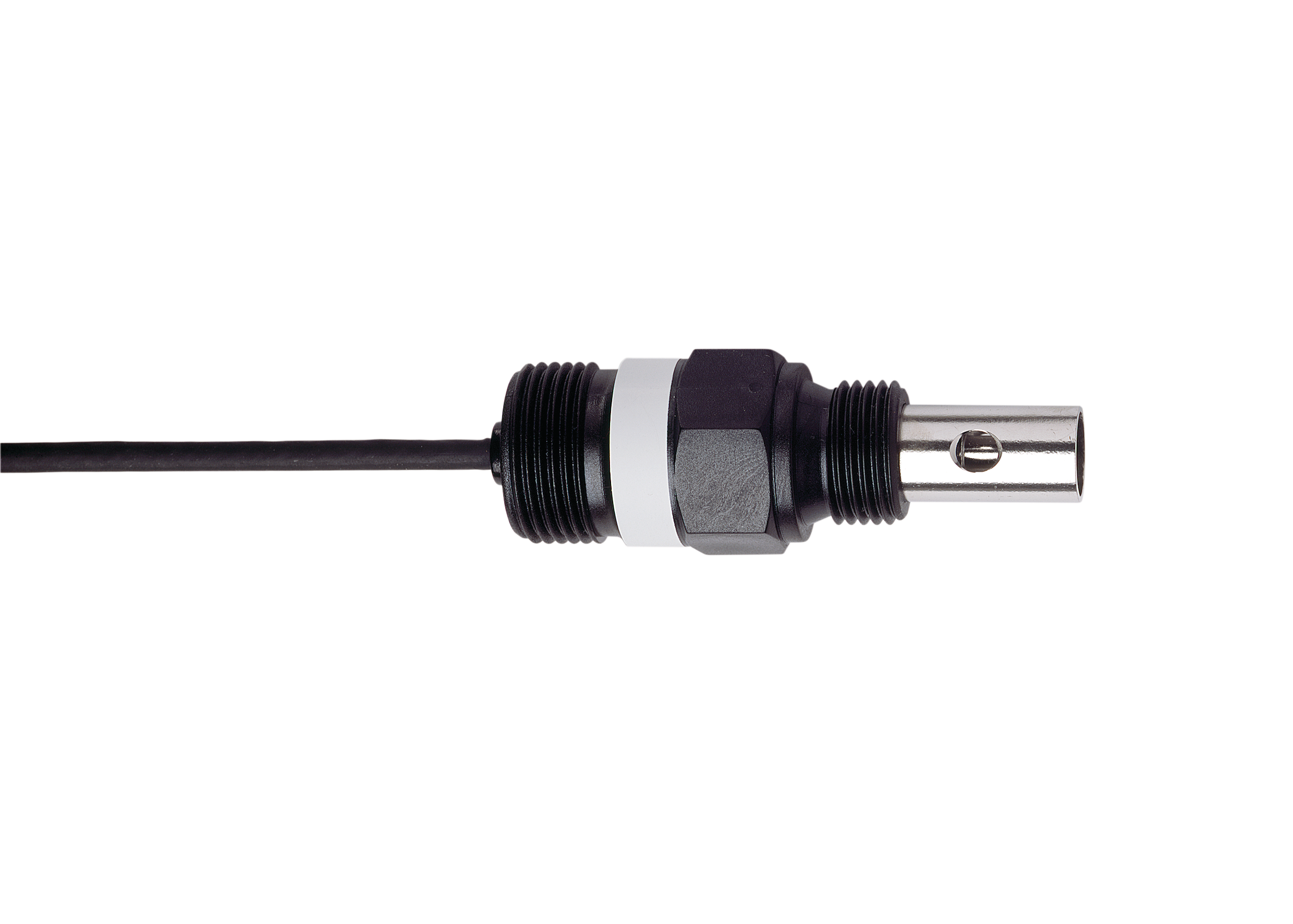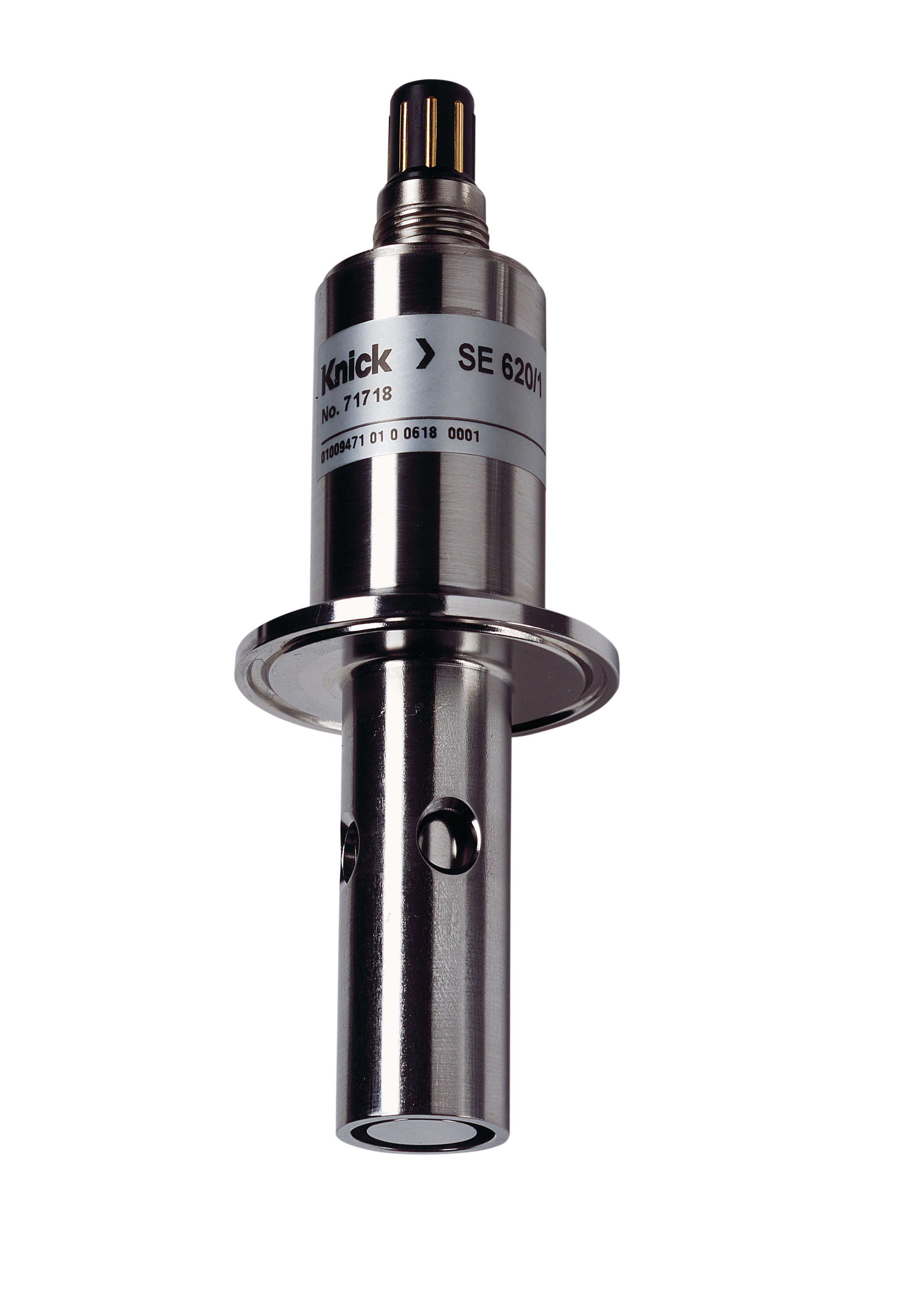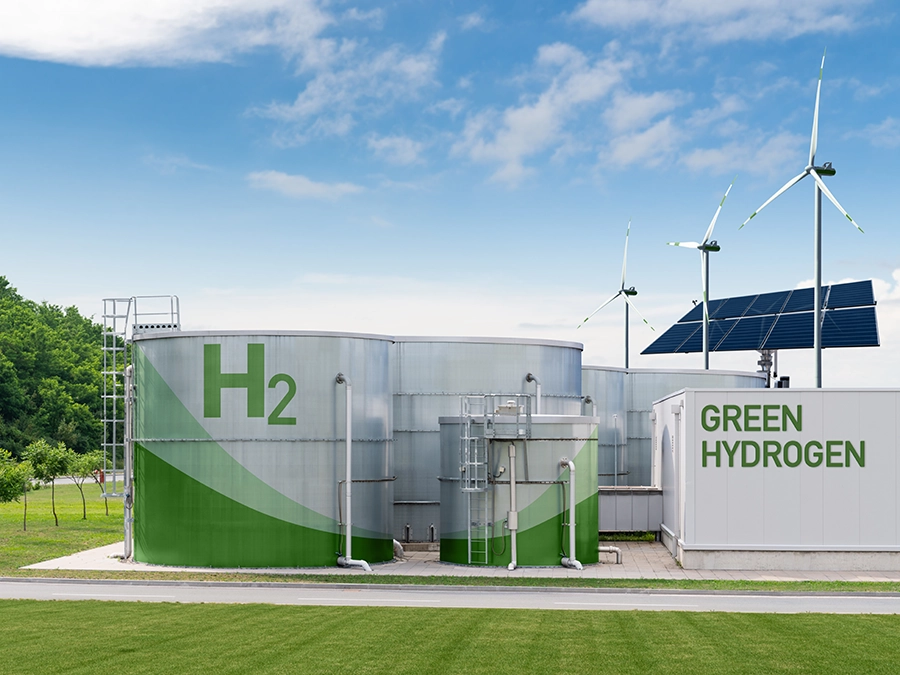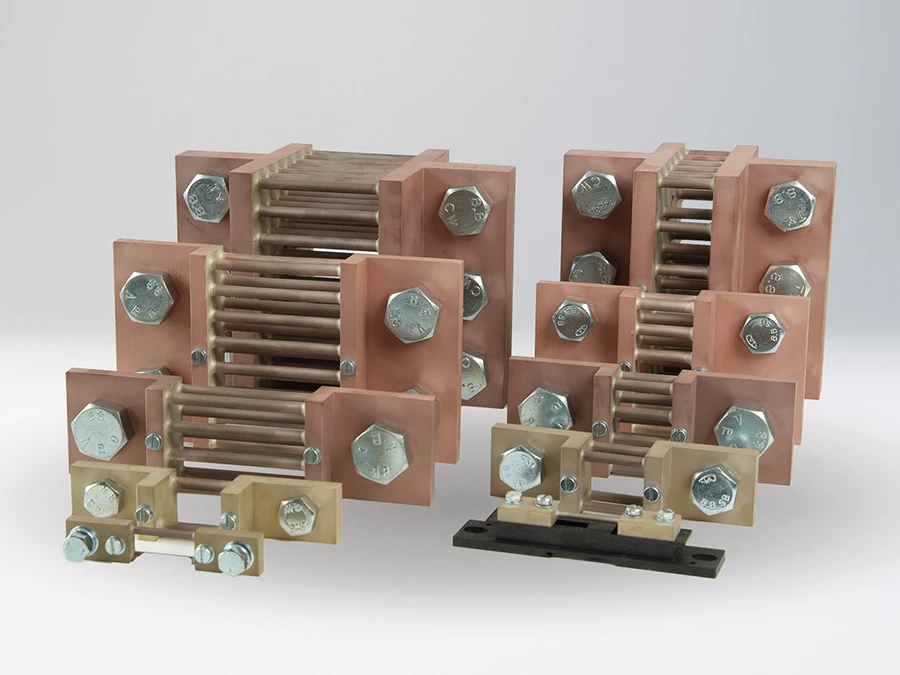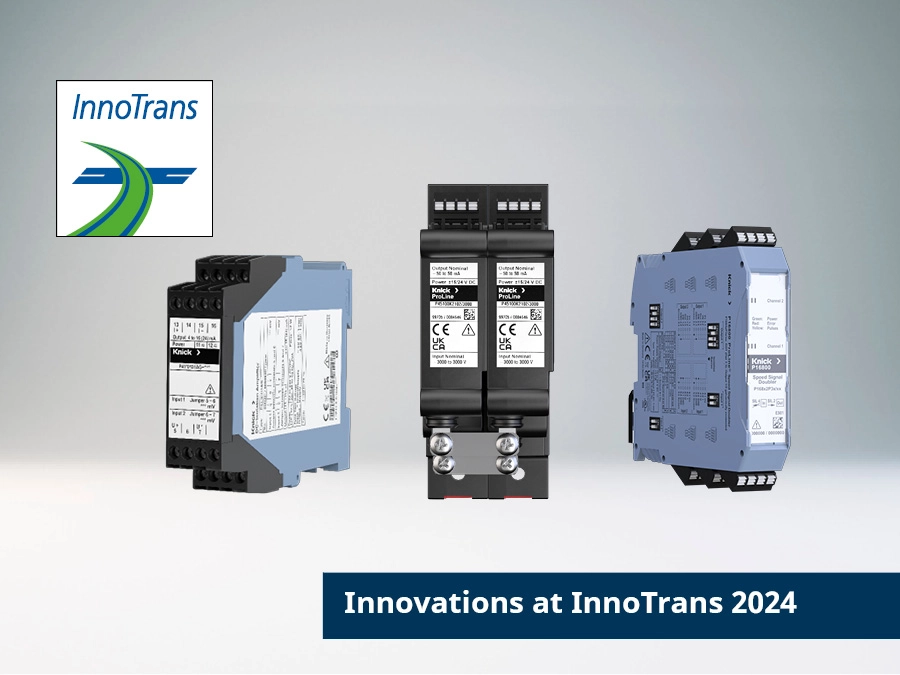SE604 2-Electrode Conductivity Sensor | 7-Pole | Measuring range from 1 nS/cm to 1000 μS/cm
Product number:
SE604
Description
SE604 2-Electrode Conductivity Sensor | 7-Pole | Measuring range from 1 nS/cm to 1000 μS/cm
Robust 2-electrode sensor, for precise and reliable measurement of low and very low conductivities, particularly in ultrapure water
- Coaxially arranged electrodes
- Independent of installation conditions
- Integrated temperature detector
- High level of process safety due to durable materials and robust design
- Easy to clean thanks to detachable outer electrode
- Particularly suitable for monitoring ultrapure water in power plants
- Large measuring range from 1 nS/cm to 1,000 μS/cm
- Calibration Certificate
Robust, coaxially arranged electrodes made of stainless steel. Large measuring range from ultrapure water to 1000 μS/cm with only one sensor model (cell constant).
Integrated temperature detector for exact temperature compensation. Easy to clean thanks to replaceable outer electrode.
Applications
Boiler feed water, feed water, boiler water, cooling water, water vapor cycle, pure water, condenser monitoring
We look forward to hearing from you!
Contact Us
| Measurement Parameter: | Conductivity |
|---|---|
| Connector: | 7-pole |
| Explosion protection: | No |
| Process Connection: | G 1“ thread |
| Temperature Detector: | Pt1000 class A, T90 |
| Measuring principle: | 2 electrodes |
| Pressure: | Max. 25 bar (–30 ... +70 °C) |
| Electrode Material: | Stainless steel 1.4571 |
| Ambient temperature: | –25 … +80 °C |
| Signal Transmission: | analog |



